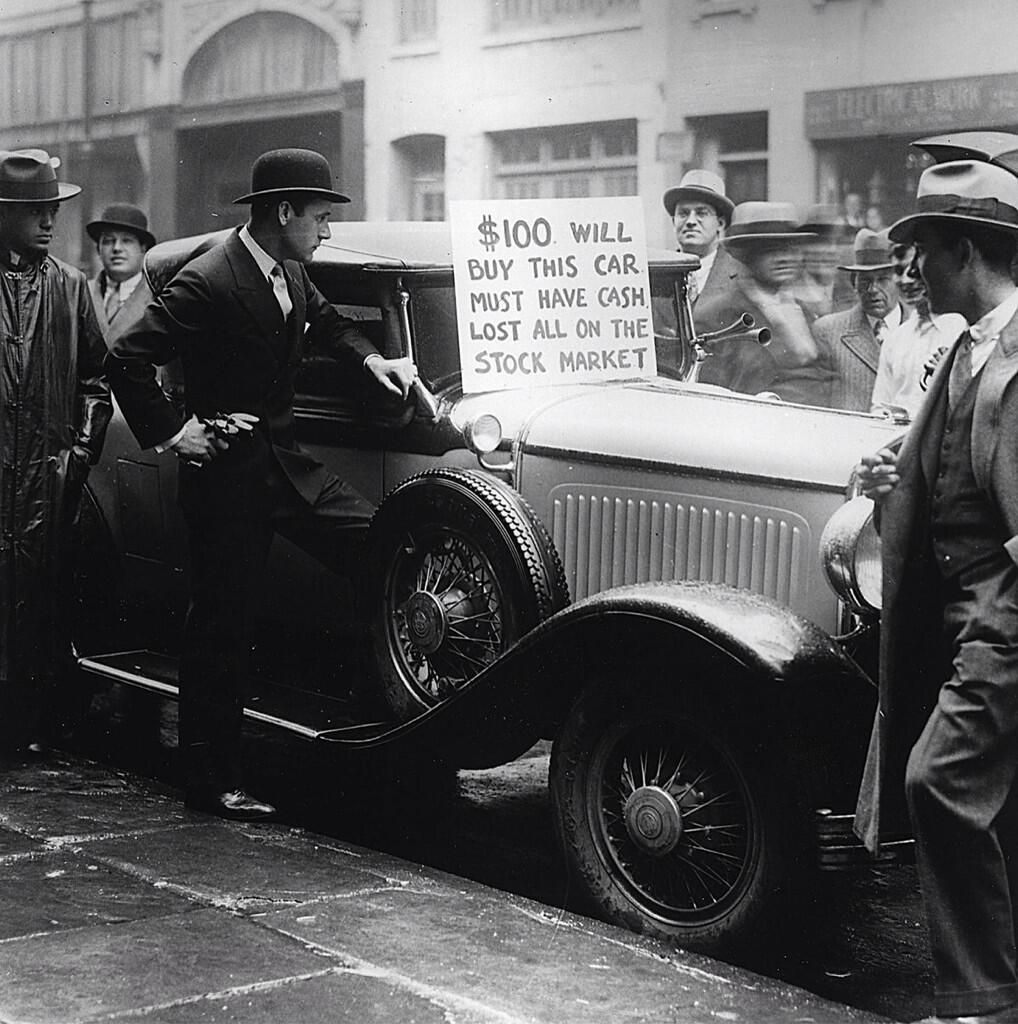Trading is a very complex undertaking and if you miss one element you will likely eventually fail in this endeavor.
Here are the four different elements we must have working for us for success in trading:
The Knowledge
If we don’t do the homework to know what we need to know we will fail due to ignorance. Understanding historical price action, reading books by and about the best traders, seminars, mentor-ships, and systems testing is all part of the homework we must do to get the needed knowledge.
The Resources
While trading with a small account is a good place to start it is not a good place to stay. Traders must be adequately capitalized for meaningful trading. We must have an affordable broker that does not charge bloated commissions and gives great execution on orders. A trader must have a platform and charting service that is adequate for his trading style. Trading a small account with an expensive broker with poor execution is a path to eventual failure.
The Desire (more…)


